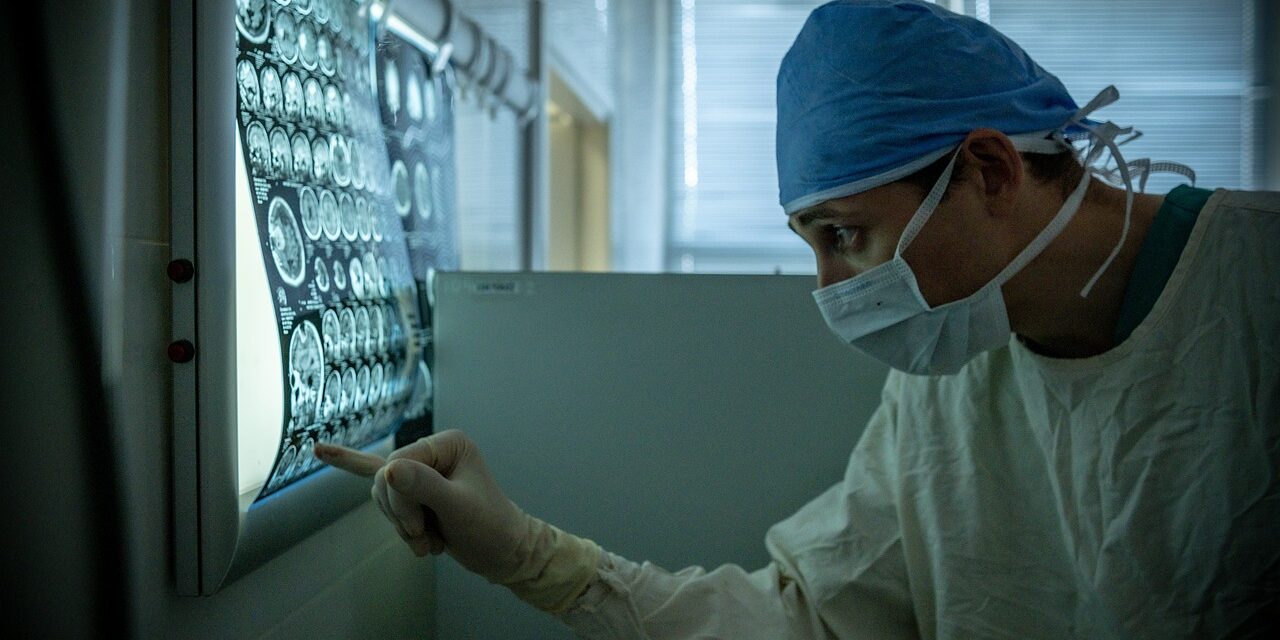The primary task of the immune system is to separate its own and foreign structures from each other, and if it encounters a foreign substance, a pathogen or a changed own cell, it removes, destroys, and isolates it. Thus, the immune system is the body's defense mechanism, without which life is unimaginable. Its operation is extremely complex and complicated. Billions of cells and molecules are working in our body even this second to protect us from external and internal harm.
It follows from the complexity of the immune system that its diseases are also very multifaceted, with different, wide-ranging symptoms, and their diagnosis is not easy.
It is also an almost unique characteristic of the immune system that
not only its under-functioning, but also its over-functioning causes problems.
In this way, diseases of the immune system - without overcomplicating them for the sake of clarity - can basically be divided into two groups. On the one hand, an immune deficiency can develop (this will be discussed in a later informative article), and on the other hand, an exaggerated reaction against one's own antigens causes illness.
In fact, the background of autoimmune diseases – very simply – is that the immune system for some reason
he is not able to effectively separate his own from the stranger, and takes action against the former as well.
Although some autoimmune diseases used to be among relatively rare pathologies, thanks to the improvement of diagnostics, advancing age, the increase in environmental damage, the spread of smoking, and the appearance of explosively increasing foreign substances in our environment
the number of patients increases significantly.
Of course, this does not mean that these diseases did not exist before. Already in Greek and even Egyptian descriptions, we can find mention of a disease similar to rheumatoid arthritis (autoimmune polyarthritis, sometimes with internal organ involvement), and anthropological finds testify that this disease has been with us since ancient times. In addition, many medieval paintings show hand joint deformities that could (also) be caused by rheumatism.
The most famous patient suffering from rheumatism is certainly Pierre-Auguste Renoir, who created his masterpieces with a brush tied to his wrist in his old age due to polyarthritis.
Currently, the number of proven autoimmune diseases can be put at more than a hundred, and we suspect such a mechanism in the background of many other diseases.
The extremely diverse and diverse autoimmune diseases
also divided into two groups based on organ involvement: organ-specific and systemic diseases.
As their name suggests, organ-specific pathologies cause damage to only one organ, but their effects can extend to the entire body. These include Hashimoto's disease, which causes thyroid dysfunction, ulcerative colitis, medically known as ulcerative colitis, or celiac disease, which causes villous atrophy of the small intestine. We emphasize, however, that the human body is not an independent network of organs, but a complex system, where everything can have an effect on everything, so these diseases manifest themselves in a variety of complaints and symptoms.
At the same time, systemic autoimmune diseases present an even more complex picture. In such cases, the wrong immune response affects several organs, and this leads to very diverse combinations of symptoms and different disease courses for each individual.
Apart from their differences, autoimmune diseases also show similarities.
Genetics play a role in their formation, family accumulation is typical, the appearance of several different pathologies in one patient. Smoking, alcohol consumption, and poor social conditions are common risk factors. These diseases are characterized by an undulating course and female dominance, but of course their treatment is different.
At the same time, we add here that
it is a common misconception that autoimmune diseases are all fatal.
However, the reality is that essentially all pathologies can be treated, patients can be made symptom-free, and in the best case they can have the same life expectancy and quality of life as healthy people. Also, thanks to the explosive development of recent years and a new treatment option detailed later, a significant number of them have become curable.
When to think about an autoimmune disease, why it is more common in women, what symptoms can be associated with it, and what treatment is needed will be discussed in the next section that will be published soon.
Author: Dr. György Temesszentandrasi
Photo: Dmitriy Gutarev / Pixabay













